Search results for: “biologycorner.com”
-
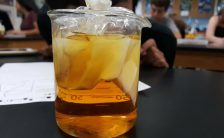
Investigation: Observing Diffusion & Semi-Permeable Membranes
Units on the cell will also include lessons about how the cell transports materials across the membrane. For beginning biology students who don’t have a strong foundation in physical science, the ideas of entropy, solutions, and concentrations can be overwhelming. Diffusion is easy to explain with a perfume bottle or food coloring. …
-

Toxicology Resources for the Biology Class
Resources for investigating how poison affects animal physiology. Students can read the “Poisoner’s Handbook” and perform experiments on worms.
-
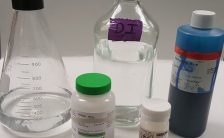
The Blue Bottle Demonstration
Most biology teachers must eventually accept the awful truth that they will need to include chemistry in their biology classes. For years, the only chemistry I had to worry about was the very simple photosynthesis equation which was fairly easy to explain and also presented in an “unbalanced” form. When I started teaching AP…
-
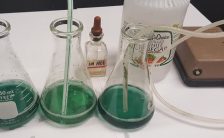
A Simple Demonstration for the Scientific Method
A simple demonstration using bromothymol blue to show students how the scientific method can be incorporated to determine why the chemical changed color after you blow into it with a straw.
-
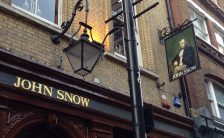
Case Study: John Snow and the Origin of Epidemiology
This case study explores a time before the Germ Theory when doctors were uncertain how disease was spread. Current models, such as the humoral or miasma model could not fully explain how cholera infected some households, but not others. This case story explores London, England in 1854 after an outbreak of cholera which had…
-
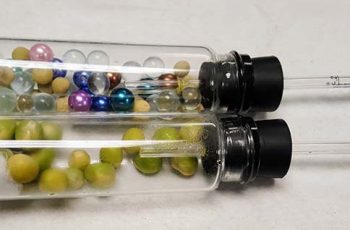
Investigation: Cellular Respiration
Students set up respirometers to measure the oxygen consumption of germinating peas in cold and warm water, and compared to a living organism.
-
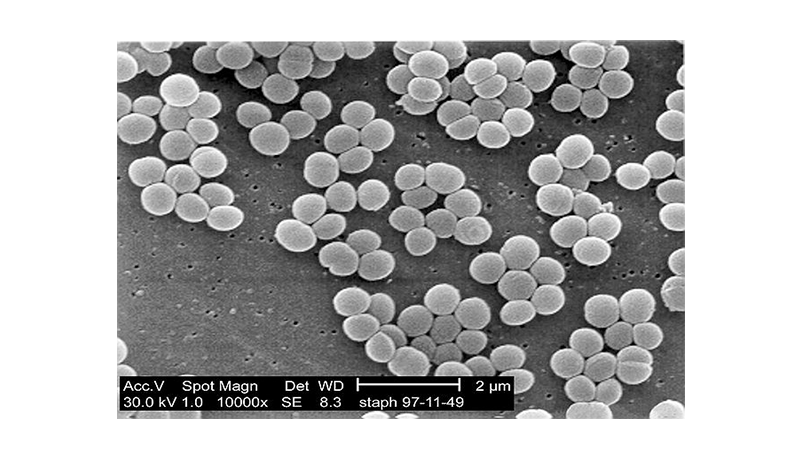
Case Study – Are Nanobacteria Alive?
In this case study, students review the evidence of scientists on both sides of the controversy questioning whether nanobacteria are living organisms.
-
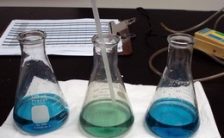
Quiz: The Science of Biology
This practice quiz aligns with chapter 1 of biology textbook where concepts such as the nature of science and the scientific method are discussed.
-
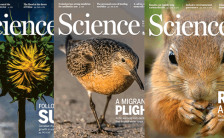
Summarizing Articles with a Framing Guide
Students read scientific articles or journals and write a summary using this framing guide. Essays ensure students have read and understood the content.
-

How to Put Together Your Classroom Rules
My very first day of school over twenty years ago, I received some very bad advice about classroom rules. For some reason, my education instructors at the time were very into student centered rule making. The first day, they said, should be spent by creating rules with the class so that the students are…
-
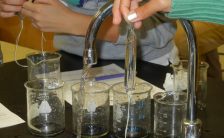
Investigation: Osmosis and Water Potential
Students models osmosis using dialysis tubes that contain different concentrations of sucrose. The tubes will gain water dependent upon the molarity of solution they are placed in. You can make sucrose solutions with table sugar, and instructions are included in the teacher’s guide to the lab. The second part of the investigation determine the…
-
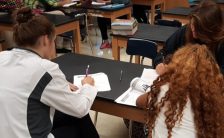
First Day Activity: Student Inventory
The first day of class is often very chaotic as you are taking roll, talking to students about classroom rules and beginning to learn their names. For my classes, I also like to make notes about students on the seating chart about personal details of students, mainly because this makes it easier to learn…
-
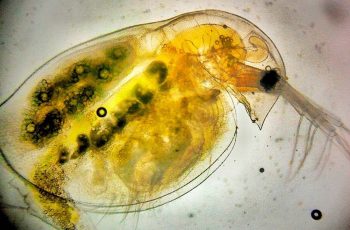
Investigation: What Factors Affect the Heart Rate of Daphnia
This investigation starts with a guided procedure where students gather data on the heart rate of daphnia when the organism is exposed to 1% ethanol. Daphnia are tiny crustaceans that are visible with the naked eye, though a microscope or stereoscope will be needed to see their heart rate.
-
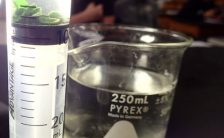
Investigation: Photosynthesis and Leaf Discs
As photosynthesis takes place, oxygen is released and causes the leaf to float. The number of floating disk is a measure of the rate of photosynthesis.
-
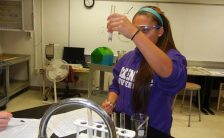
Investigation: Enzymes Activity with Catalase
Have you ever noticed that when you pour hydrogen peroxide on a wound, it bubbles? The reason is that bacteria and your own tissue contains an enzyme that breaks down the peroxide. Peroxide splits into a molecule of water and a molecule of oxygen, which causes the bubbles. In a series of tests, students observe…

